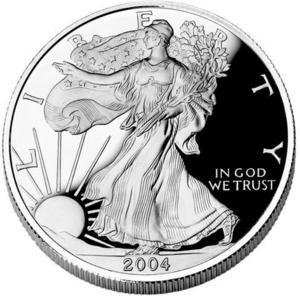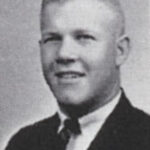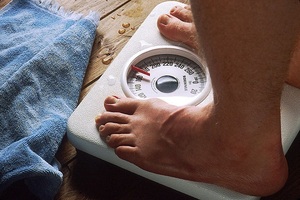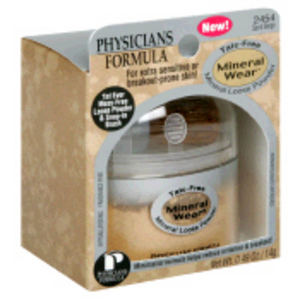Coins, unlike some collectibles, always have an intrinsic value below which their value cannot drop. For some coins, that value is the price of their metal content, but other coins are valued at their specific face value. In either case, there are two different price guides that you have to reference if you want to sell or purchase old coins. Whitman produces two different books, one with a blue cover and one with a red cover. The blue cover book is the price guide you want to use when the time has come to sell your coins. This book shows the current purchase price you can expect to receive when you sell your coins to a dealer. It is essentially a wholesale price guide. The red book, on the other hand, lists the current resale prices, or the price you should expect to pay when you’re purchasing coins.
The first step in evaluating the value of a coin is to look at its condition. is the coin bright and shiny? Does it appear to have been cleaned? What about the amount of wear on the coin? All of these are potential factors in the overall value of the coin. A coin that appears to be relatively new, with its original mint luster, is a coin that is worth considerably more than a coin with severe surface blemishes such as scratches and dings.
Cleaned coins, much to many novices’ chagrin, are in many cases almost worthless. There are some types of hypersonic cleaning that remove particles from coins that can make them more valuable, but simply rubbing the coin with metal polish is guaranteed to damage the coin’s collector value permanently. Once the original mint finish has been cleaned off of the coin, it can never be restored. In the case of a coin such as the 1914-D Lincoln cent, if the coin is in near mint condition, it is worth in excess of $3,000 dollars. Cleaning a coin of this importance will not only damage its mint luster, but will also reduce its value by as much as half! If you’re trying to sell to a dealer, you may receive as little as $400 for the coin you originally though was worth eight times that. Imagine having a coin like that, cleaning it, and then being told by the person you are trying to sell it to that the coin is almost worthless now because of a bit of metal polish.
There are cases, however, when a coin that appears to be in poor condition is actually quite valuable. These coins are typically known as mint errors. Have you ever noticed how a coin is rightside-up on one side and upside-down on the other? If both sides are rightside up, the coin is an error, and is very valuable. Likewise with a coin that appears to have a blank crescent on one side with a large portion of the picture removed, or when there appears to be a round chunk taken out of the coin. Equally as rare and valuable are coins that are struck in the wrong metal. This commonly happens with dimes and quarters, which use similar metal content, but you will also occasionally see a penny struck on a dime, nickel or quarter, or any of the combinations thereof.
Wherever you look, coins are all around you. If you pay close attention to what the cashier hands you next time you’re in line at the grocery store, you might just find yourself holding one of the rarest and most valuable coins ever produced!
The Official Red Book: A Guide Book Of United States Coins 2012″; R.S. Yeoman; 2011




